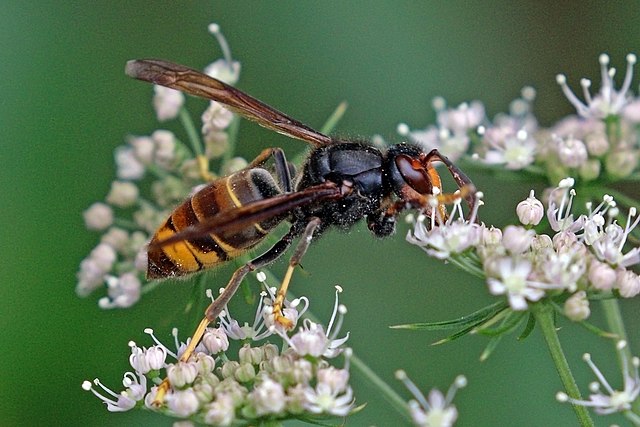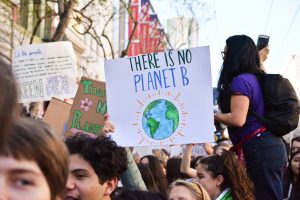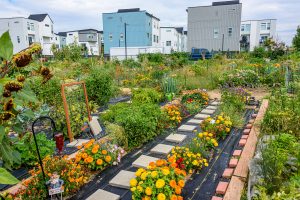The good, the bad and the ugly: what are some of the biggest conservation challenges of 2025?

The good, the bad and the ugly: what are some of the biggest conservation challenges of 2025, and how can you help?
Plus, some positive advancements to keep your eye on!
A new year, a fresh start and time for reflection – as we enter 2025, let’s take a look at what this year might bring.

As urban development expands and infrastructure grows, so does the encroachment of natural habitats. Unfortunately, the displacement and decline of wildlife populations continue as we enter 2025, limiting species’ abilities to migrate, reproduce, and simply survive. Extinction is near for species like the Amur Leopard, native to areas of Russia and China, with an estimated population of just 84.
You’ve heard it once, and you’ll hear it again: changes in global climate patterns are disrupting ecosystems, impacting species distributions and triggering changes in migration and breeding behaviours. We can expect to see continued population decline and increased vulnerability as species across the world struggle to adapt to these rapid environmental shifts.
Invasive species: Introducing non-native species into ecosystems disrupts ecological balances, often leading to the decline or extinction of indigenous species. Invasive species can outcompete native wildlife for resources, introduce foreign diseases and alter habitats. We can see this with the threat of the Asian Hornet in Europe; this species, native to Southeast Asia, has spread to various parts of Europe, preying on honeybees and other native insects, posing a threat to local ecosystems. Efforts are underway to control its spread and mitigate its impact on native species.
Effective conservation requires substantial financial investment, yet we still see a significant funding gap in this area. An additional $700 billion is needed per year to halt the decline of biodiversity and sustain ecosystems across the globe.
So, what can you do?
It’s easy to read this and feel disheartened. And, whilst it will take a significant collective effort to reverse the effects of the damage done, there are plenty of realistic changes people, like you and I, can make in our everyday lives to make a difference.
- Support conservation efforts by volunteering your time to local wildlife organisations, protecting endangered species and their habitats.
- Create wildlife-friendly spaces, whether it’s a garden, a balcony or an allotment.
- Advocate and show support for policies and laws that protect natural habitats and promote sustainable urban development.
- And finally, educate others. Raise awareness of the importance of biodiversity and the threats posed by habitat loss. Share with your friends, family and your wider community.

The good news is, it’s not all bad. There are several exciting areas to watch in 2025 that show promising developments in the conservation world.
Advancements in artificial intelligence are being utilised in wildlife monitoring, specifically with endangered species. AI-powered acoustic devices are being deployed to eavesdrop on wildlife, aiding in tracking and protecting endangered species by analysing ecological patterns and behaviours.
Investments are being made in the development of modern animal shelters, like this $9.1 million Animal Pound and Rehoming Facility in New South Wales, Australia. The state-of-the-art shelter will enhance care for companion animals, and is set to be completed by mid-2025.
On a larger scale, the European Commission has pledged to initiate animal welfare reforms in 2026, prioritising the ban on caged farming. This commitment comes in response to widespread public support for higher welfare standards, and aims to improve the lives of millions of farmed animals across the EU.
As we navigate the challenges and opportunities of 2025, it’s important to remain hopeful and proactive. Every effort, no matter how small, plays a key part in protecting and supporting conservation across the world! 🌍
Featured image: Charles J. Sharp on Wikimedia Commons.

Love all this information, thank you Lucy!